1936 Krieghoff Rig
PHOENIX INVESTMENT ARMS - PREMIUM COLLECTOR LUGERS
Genuine German Luger - Largest Variety of Lugers Offered
Bottom of Page
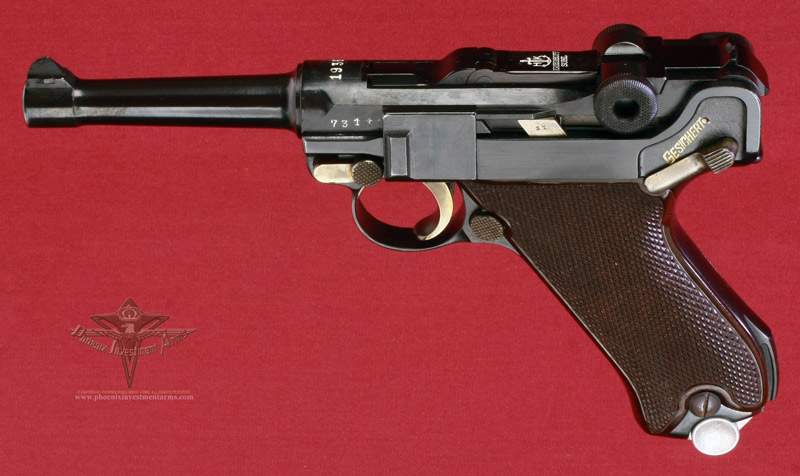
|
|
This is a final version of the transitional dated 1936 Krieghoff, Initially made at the beginning of 1936 the "S" dated Krieghoff's and then intermixed with the "S" Code and 1936 (four) digit production run of the original contract of 10,000 for the German Air Force. Krieghoff began in 1935 (G-Date) and delivered in 1936, 1937& 1938. This variation was the 2nd dated made by Krieghoff under the contract; later in 1936 the chamber bore the 2 digit "36" (very rare) date followed by the full 1936 date. (1824) |
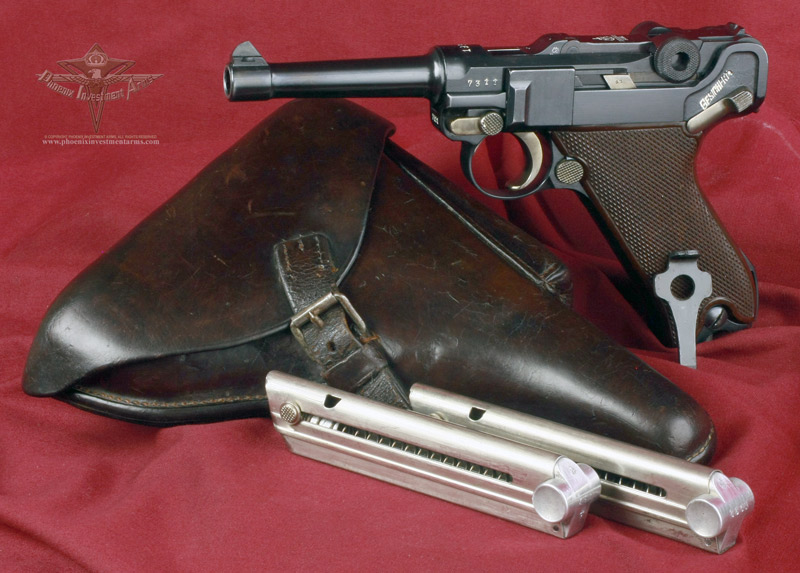
|
|
NOTE: Photographs taken today with the high mega-pixel camera show more than we sometimes can see with the human eye. Magnified close-ups show us tool marks and natural surface conditions that one normally doesn't see in the ordinary handling of the weapon. Photographs are copyrighted, all rights reserved, any extraction, reproduction or display of gun pictures without the express consent of the Phoenix Investment Arms is strictly prohibited. Thank you for your cooperation. Please visit Legal (tabbed) for Conditions of Sale. |
|
Military Krieghoff Lugers bear serial numbers of one through five digits without any suffix. They began military production in 1935 with the "G" Code at serial number 1 and continued consecutively upward until approximately 13000 in early 1945. The serial numbers overlapped "variations" as defined by collectors and require some study to be certain the exact variation one is looking at. |
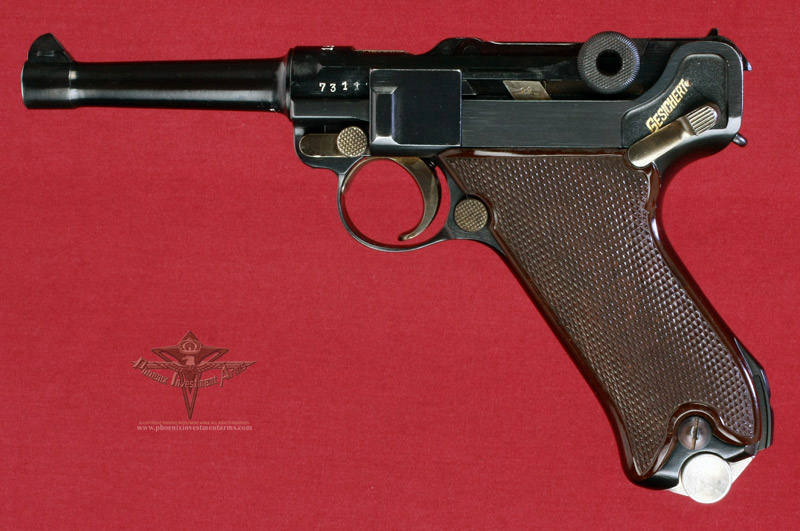
|
|
|
This is an 1936 date Parabellum with the following characteristics: Krieghoff trademark logo with the sword/anchor and "HK Suhl". This is a 9mm has a 100mm barrel (4") barrel, a thumb safety lever with safe down marked Gesichert and the extractor is marked GELADEN (loaded). The Luger has a hold open and stock lug. Eagle 2 proofs Stage I and Stage II are found throughout the gun (illustrated below). It has been stated that only approximately 2,900 Lugers were produced in the "1936" code series including the "Turkish" contract (delivered with aircraft). |
|
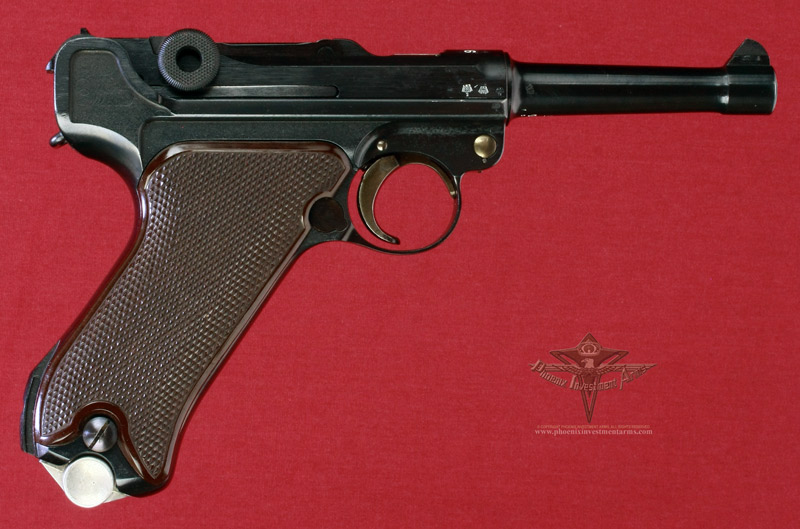
|
|
|
This is a transition between the early "S" code with the numbering on the outside of the parts and the "Mid" series where all the parts are numbered on the "inside". This has been designated a Late Series "S" Code with all internal numbering and the brown diamond grips (only found on the "S'" Code although the "36" designation was interspersed in the late numbering. |
|

|
 |
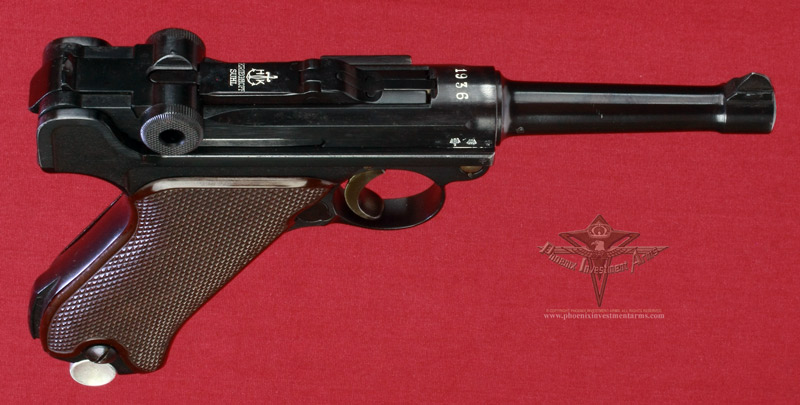
|
|
| In 1934 the Luftwaffe announced it was seeking bids for military pistols. It is assumed that Krieghoff had acquired the old Erfurt Luger tooling from Simpson to enable it to contract for only 10,000 Lugers in 9mm. The chamber date places the assembly as an example of the original military contract. | |
|
Most people believe the Lugers were issued to the pilots and air crews but the seats in most of the aircraft where much too small for the Luger. The bulk of the guns went to the Fallschirmjaeger or German paratroops. |
 |
|
|
|
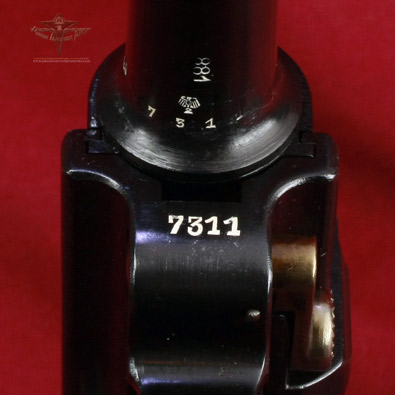
|
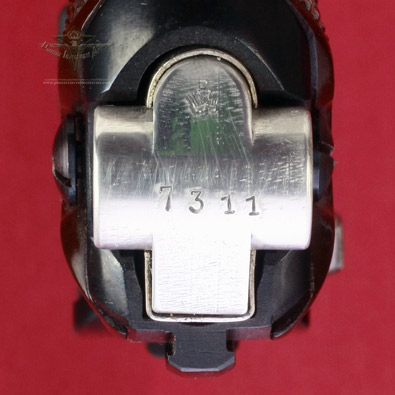
|
|
Krieghoff early style of numbering did not include the barrel but did have the barrel gauge and Eagle 2 proof. By the Late "S" series the gauge markings began regularly to appear horizontally to the barre. This is an all matching gun including the magazine. The magazines were rolled silver sleeves and aluminum bottom. The Stage I proof was opposite the serial number, a characteristic carried up to approximately the 6,000 range. There is a 'v' notch rear sight on the rear link and a full bladed inverted 'v' sight on the front. |
|
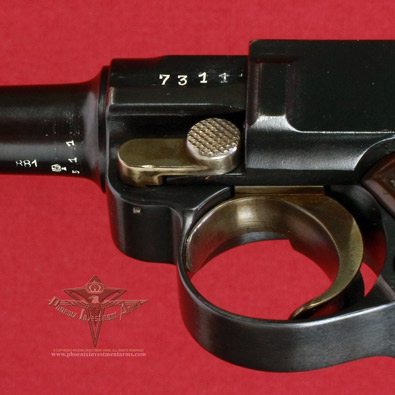
|

|
| Left Up: Krieghoff distinctively marked their guns in a commercial manner with the locking lever and the side plate (inside). Above Right is the GELADEN (Loaded) which pops up when there is a round in the chamber to both physically and visually tell the shooter that the gun is ready to shoot. | |
 |
|
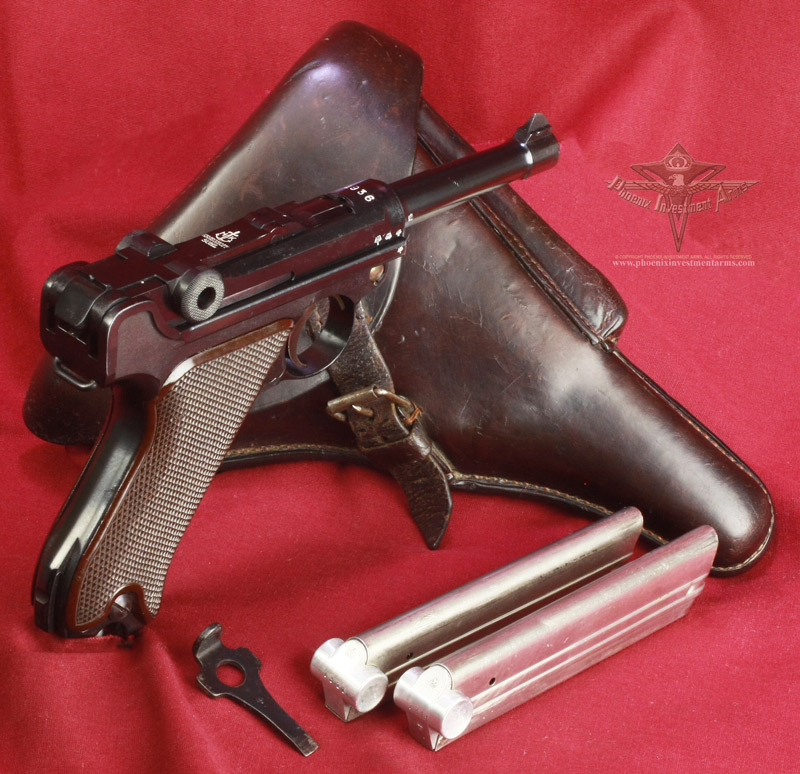
|
|
| Production commenced in the Suhl plant in 1934 and by the end of 1937 the 10,000 contract was completed. This completed the "Early" military contract of which this Luger is a member. While there are very few examples known of the "G" chamber marked date (less than 50 believed produced) they are believed to be the 1934-5 production. The "S" dated chambers were begun in 1936, followed by the "36" and then the full "1936". hereafter the full year dates were used. | |
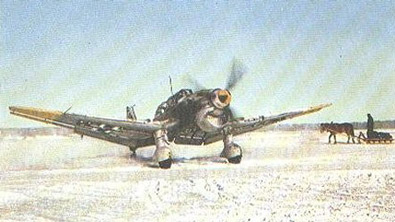 |

|
|
|
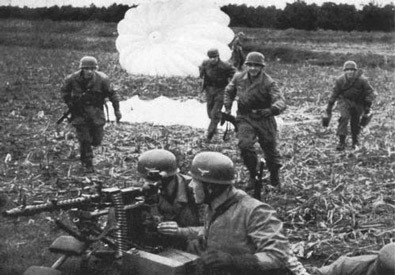 |

|
|
|
Here is a full illustration of the "1936" date and the early Krieghoff logo with the early exterior toggle markings. The bore is excellent, minty with a high shine and strong lands and grooves. Although Krieghoff "S" codes were clearly manufactured and accepted by the military in 1936 Krieghoff manufactured the early guns in late 1935; they began with the "S" Code, the two digit "36" and then the full 1936 with the two digit "36" being the rarest to obtain. If you are a Krieghoff collector this a jewel; clean with all the number hidden. |
|
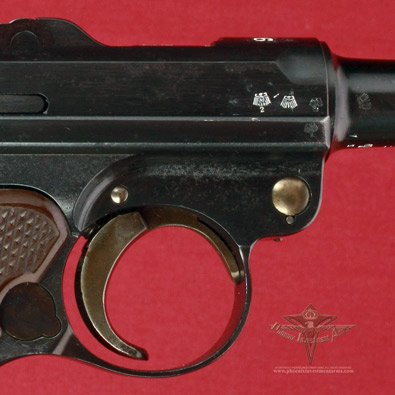
|
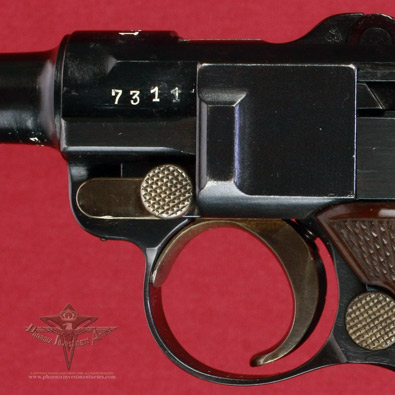
|
|
On the left are the Krieghoff stamp Eagle 2 and the drooped wing test proof (Stage I). Right: Early gun numbering was exposed and later in the series the numbers became concealed on the locking lever and side plate. The acceptance stamp in on the right frame and on the barrel. The minute proofs are really marvelous and a sign of the craftsmanship of the Krieghoff. |
|

|
|
 |
|
| Note Eagle 2 Proof Marks and the concealment of the serial numbers on the bottom of the parts to present a clean and beautiful specimen of the Krieghoff craftsmanship. | |
 |
|
| As characteristic of the early contract Lugers, the polishing prior to bluing of these pistols was excellent and superior to the other manufacturer's processes. These contract pistols were salt blued in a bath of 300°F which produced the uniform premium blue appearance. One of the distinguishing characteristics of the Krieghoff production dies is the distinct counter sink to the hole in the toggle, While DWM had a very slight counter sink, Simson and Mauser had none making it easier for the present day collector to detect "parts" guns made up of other components and not Krieghoff manufacture. Multiple Eagle 2 Proofs on all the parts with the concealed 2 digits of the serial number. | |
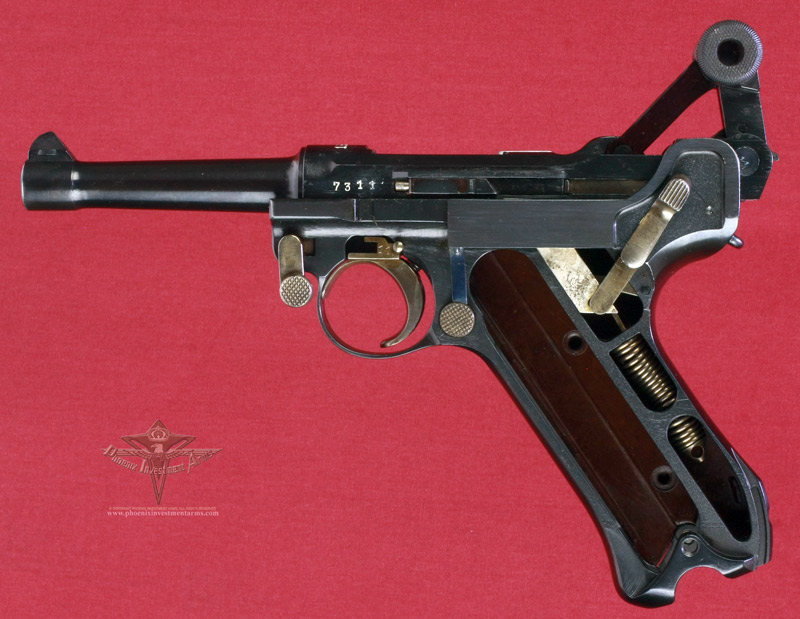 |
|
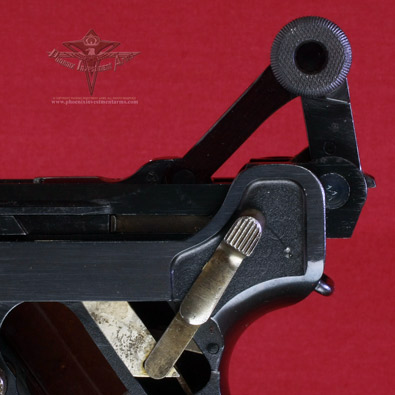 |
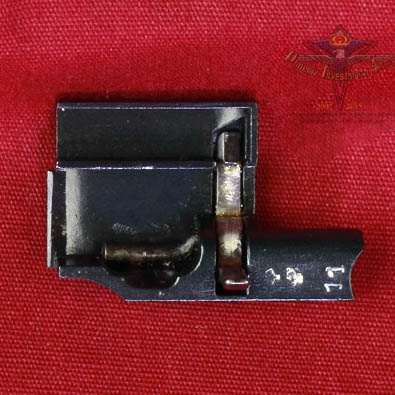 |
| LEFT: The toggle is fully extended and you see the nitrate blued rear main axel pin; while in order to avoid mixing of the rear main axel pin of the P.08 the Chef der Heeresleitung in March 17 1932 ordered in the Wehr. A. In 2 III., that the last two digits of the serial number were to be stamped on the head of the axel. Krieghoff rarely built them numbered. RIGHT: The side plate is serial number marked on the back along with the Stage I proofs on the sear bar and the side plate. | |
 |
|
|
This rig consists of the all matching "36" dated (1936) Krieghoff Parabellum with two matching magazines, a Krieghoff proofed loading tool and a proofed Krieghoff holster along with a period belt and Luftwaffe buckle. This is a must have gun for the Krieghoff collector who wants the best for the collection. |
|
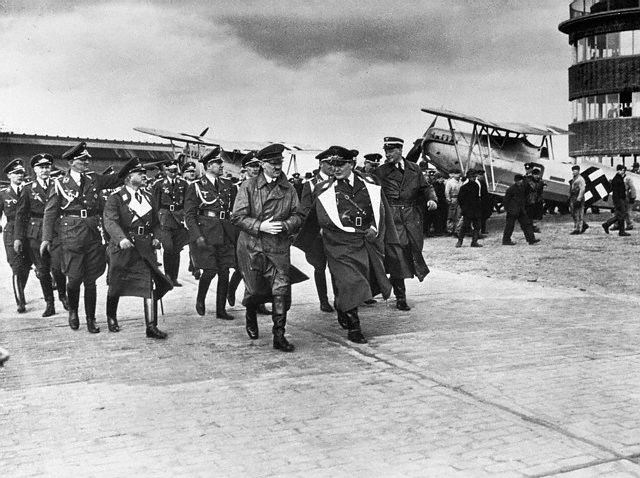
|
|
| Der Führer Adolph Hitler and Reichsmarschall Hermann Göring inspecting an early Luftwaffe airbase. Note the older bi-planes in the background and the early insignia on the planes. Below: The ME262. recognized as the first operational jet fighter in the world. | |
|
|

|
|
|
The Krieghoff family were weapons makers going back to 1886 in the city of Suhl and their craftsman specialized in sporting rifles and weapons of great quality. When Adolph Hitler came to power the craftsman of Krieghoff were called upon to produce the machine guns for the aircraft of the Luftwaffe. Through their association with Air Marshall Hermann Göring who decided he wanted the best of the Pistole for his Luftwaffe Krieghoff was contracted to produce 10,000 Parabellums. When the US Army invaded Suhl, a sector negotiated as part of the Russian spoils of war they evacuated the bulk of the Krieghoff craftsman to the American sector saving a great treasure in gun makers. |
|
|
The Krieghoff early logo is characterized by the symmetrical blade, the city of Suhl is not slanted to the right and the "U" in Suhl is flat bottomed. The handle of the dagger is ovoid shape and shows the clear lines. This logo is only found on the early series "S" & "36" Codes. We strive to provide pictures so you can judge for yourself if the gun meets your criteria. If you want more pictures or a detailed shot just email your request. Below are shots of the various parts of the guns and the proof and acceptance marks. |

|
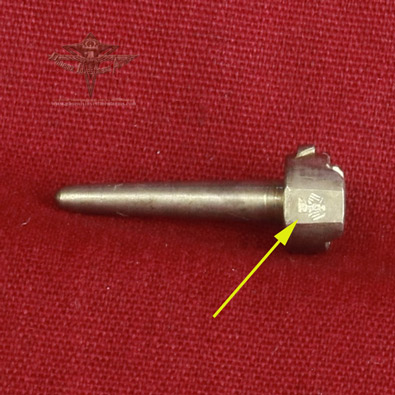
|
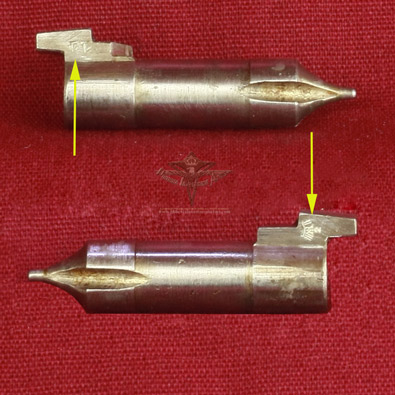
|
Above the firing pin and firing pin retainer are both marked with the Eagle 2 proof not found on latter variations. |
|
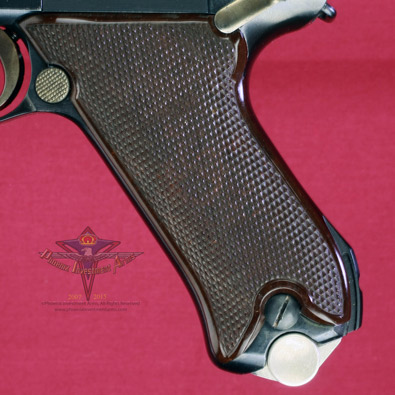
|
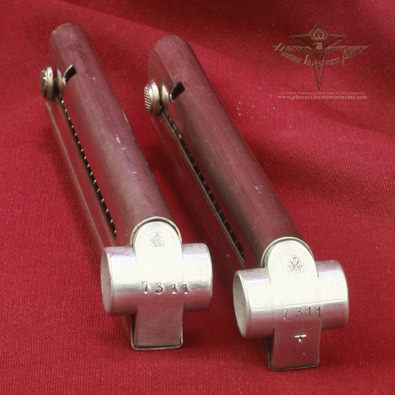 |
|
The grips are the fine diamond which were begun in the "S" series and had the shiny border and maroon color. The double magazines are marked with the traditional "additional magazine" mark '+', although these have been applied by unit armorers' on some Krieghoff magazines. |
|
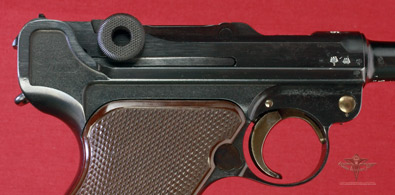
|
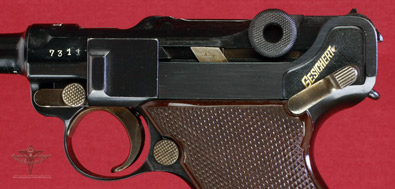
|
| These early Kreighoffs' had even the smallest parts inspected and proofed. This Luger can be shipped under a C&R License. Click here to contact us regarding this weapon or any questions you might have: josef@phoenixinvestmentarms.com | |
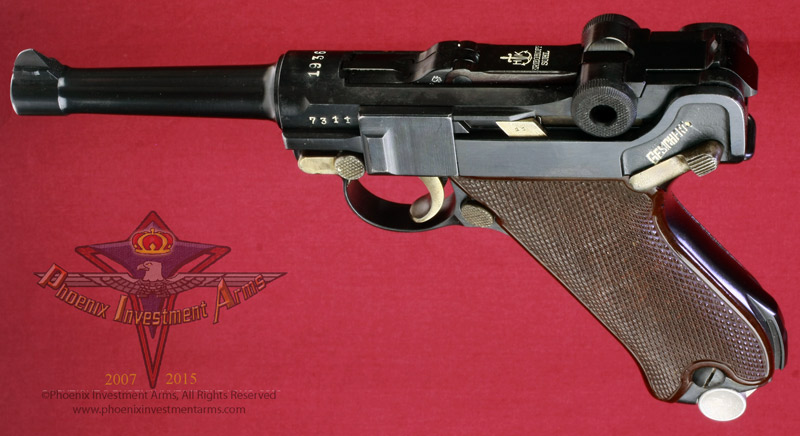 |
|
|
By Serial Number this Krieghoff would fall into the "collector's designation" of High "1936" Code" from 4400-7500 and have maroon bakelite (Plastic) grips. While they look almost reddish in fact they are dark brown. There is then the Late "36" Code from he 2100-4000 which obviously produces an overlap in the designations. This ('36') introduced the fine checkered "Ritzmann" grips as they began in the interspersed "36" dated and early 1936 Krieghoffs. The "Ritzmann" grips are designated with the logo and code 8964. In Randall Gibson's book "The Krieghoff Parabellum" he states that the "Ritzmann" grips became evident in the Mid "S" Code range where they where they were interspersed with the course brown plastic type and the walnut grips. Walnut was becoming scarce due to the production of the wooden rifle butt. By late 1936 we have the find diamond 'maroon colored grips". |
|
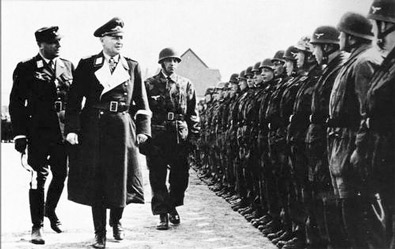 |
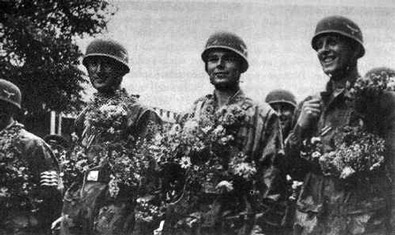 |
|
Generaloberst Kurt Student, was a Luftwaffe General who fought as a fighter pilot in WWI and was the Commander of the 7th Flieger Division. Above he is inspecting his beloved paratroopers. He was decorated with the Knight's Cross of the Iron Cross with Oak Leaves for his leadership and bravery. |
|
 |
|
|---|---|
During World War II, the German Air Force (Luftwaffe) raised a variety of airborne light infantry (Fallschirmjäger) units. The Luftwaffe built up a division-sized unit of three Fallschirmjäger regiments plus supporting arms and air assets, known as the 7th Flieger Division. |
|
|
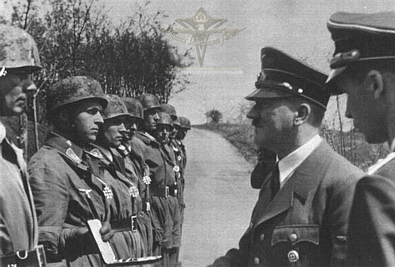 Der Führer Adolph Hitler presenting gallantry awards to the Fallschirmjäger who were the defenders and heroes of Monte Casino. The Allies dropped 1,400 tons of bombs on the Abbey but two days later the Fallschirmjäger took up positions in the ruins and held out from January until May 1944 against four major attacks, the final involving 20 Divisions. |
 |
|
|
Above Reichsmarschall Hermann Göring awarding the Fallschirmjäger who demonstrated gallantry in the invasion of Crete. The Fallschirmjäger participated in many of the famous battles of World War II and in many theatres. As elite troops they were frequently deployed at the vanguard of attacks and as the bulwark of a defense. They would see action in the Norway and Denmark campaign and in Belgium, Holland and France in 1940. Major actions in the Balkans Campaign, Crete, Italy, and on both the Eastern Front and later the Western Front would follow. |
|
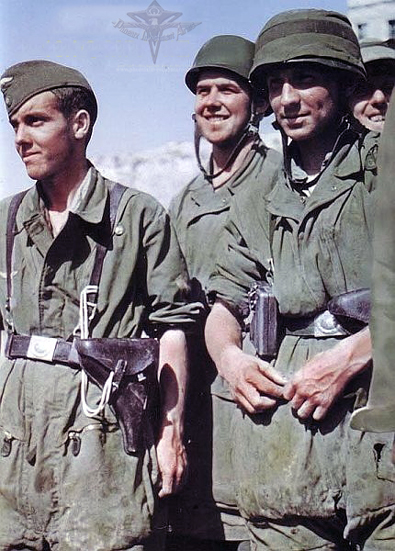 |
 |
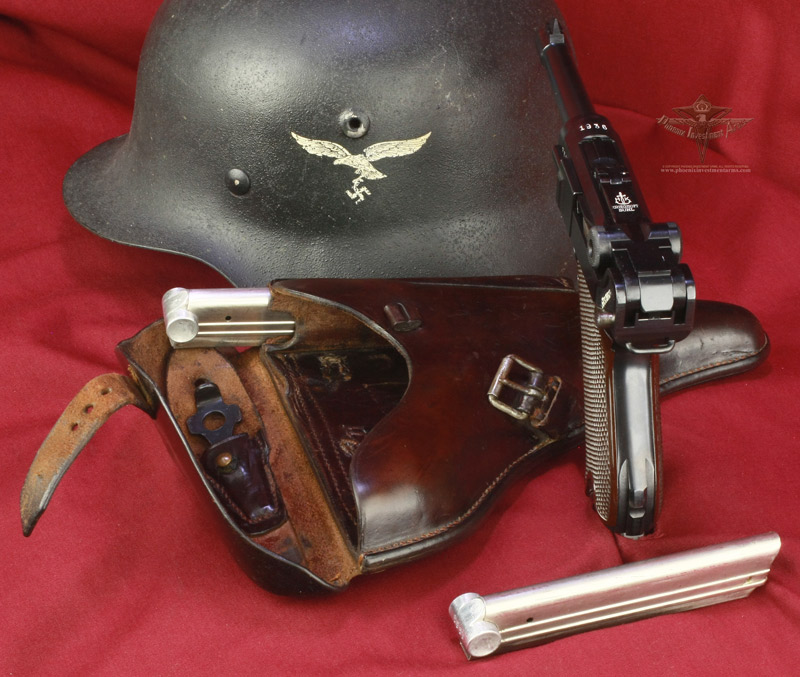
|
|
|
The Krieghoff Holster was made under the specifications of Krieghoff and did not bear any of the makers cartouche on the exterior nor was the Waffenamt applied but inside the holster was the Eagle 2 proof of the military acceptance and in the very early holsters there was no maker's mark. |
|
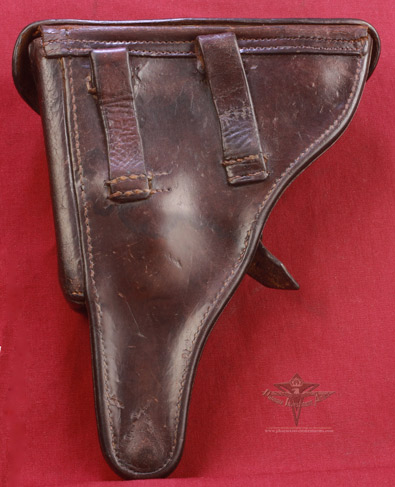
|
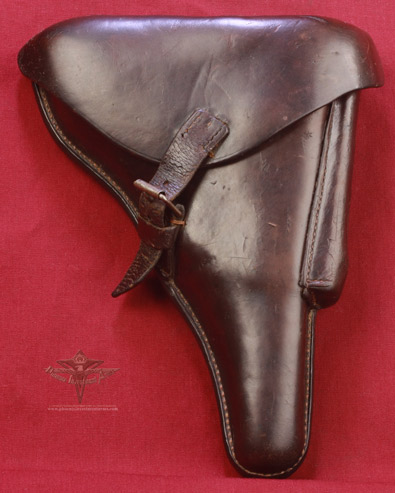 |
|
Note above and below the inside marking of the original Krieghoff dated holster. Above is the Eagle 2 proofed Krieghoff loading tool This is a complete rig from the very early contract Lugers for the Luftwaffe. |
|
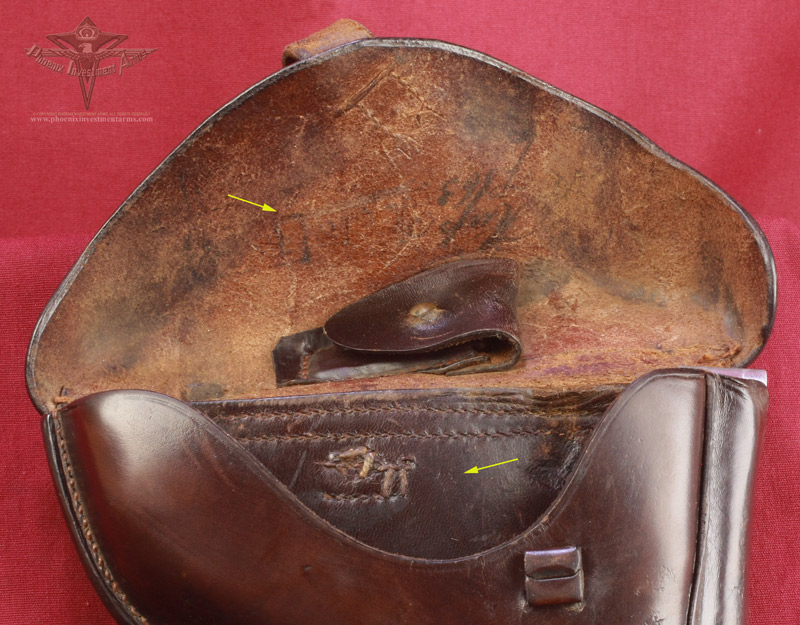
|
|
|
Krieghoff only proofed their holster with the Stage I proof on the inside and no manufacturers cartouche. All the threads were died black in the original issue holster. These holsters are a very hard to obtain commodity. |
|
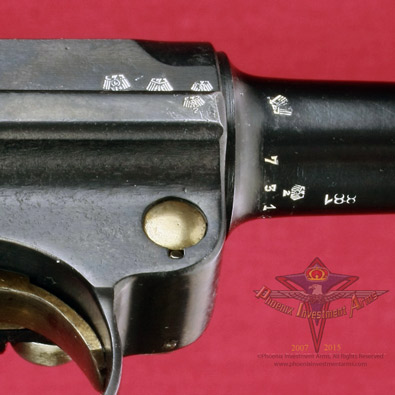
|
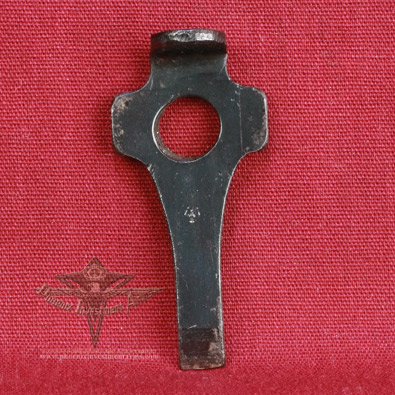 |
| The above left picture dipicts the serial number under the barrel, the Eagle 2 barrel proof and the gauge markings. Also on the right of the barrel is the final Krieghoff acceptance stamp. On the right side of the gun are the stage 1 and stage II acceptance stamps. Above right is the loading tool with the Eagle 2 proof; very hard to find today. | |
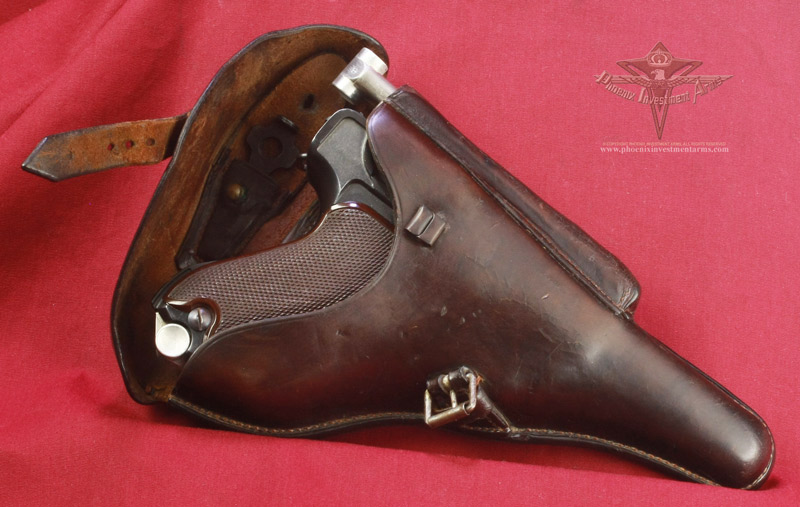 |
|
| As experienced gun makers Krieghoff was customary in the production of clean uncluttered marking on their gun (except for engravings). These early Parabellums with the numbers hidden are in a "commercial' configuration except for the proofs required by the military. | |
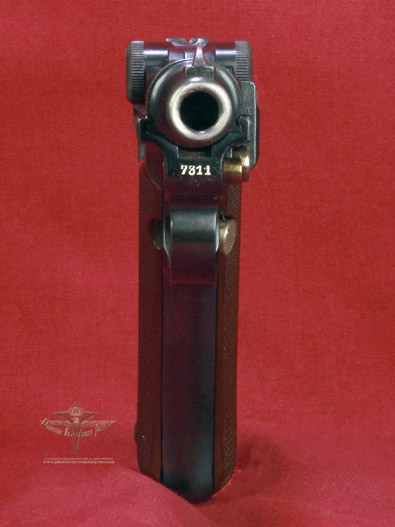 |
 |
 |
|
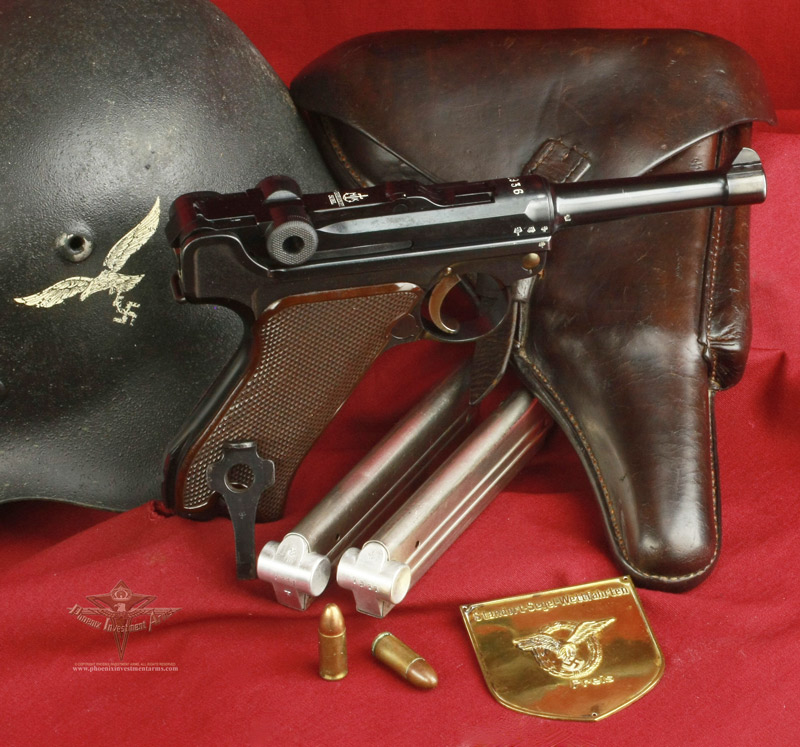 |
|

|
|
This is a very hard to find, collector grade 1936 Dated Krieghoff full rig identified with characteristics of 1936 Lugers with two matching magazines, an Eagle 2 Krieghoff proofed loading tool and a Krieghoff proofed holster. Of the 10,000 Krieghoff' in the military contract less than 2900 were produced and this survivor is one of the beauties. Any questions or requests for additional information to josef@phoenixinvestmentarms.comThis extraordinary rig is offered for only $7,895.00 over the counter. Only a monitary deposit will hold a firearm; Layaway available, must have C&R or FFL License to ship to. |
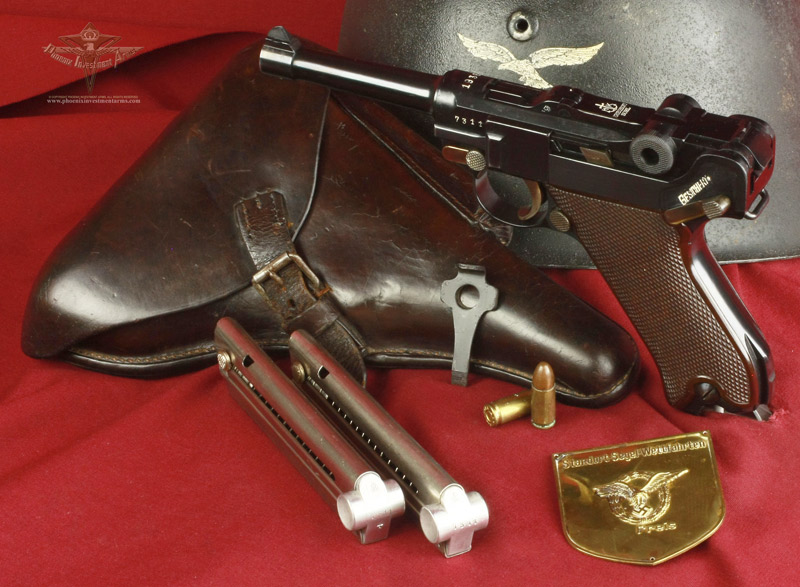
|
Sell Your Gun | Notices | Good Info (C&R) | Ordering | Contact Us | Gun Shows | Legal Stuff | Testimonials | Notices | Holsters | Books
Top of Page
© Copyright 2001-2015 Phoenix Investment Arms Inc.
|
LAYAWAYS: |
|
3 Day Return Policy We honor a three day return policy. We will answer any questions, send you any pictures, as detailed as you want, to insure that what we are showing you is what you want to see, before you buy it. See Legal. |
||
|
||
|
Over 35 Legendary Lugers, in multiple high-resolution shots depicting details you can study, over 90 pictures, close to 30 minutes of viewing time. Click below to see more. |

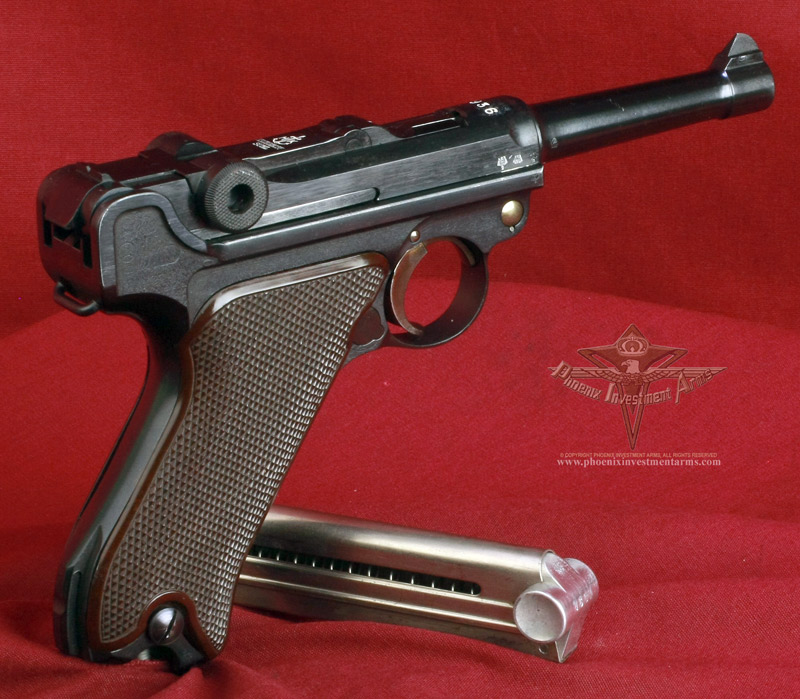
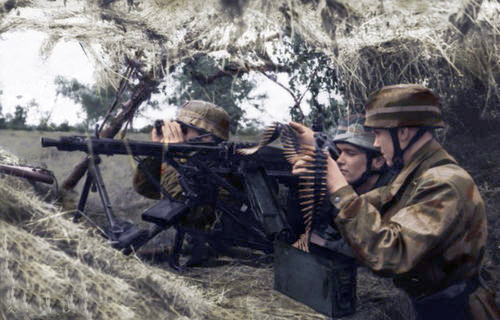
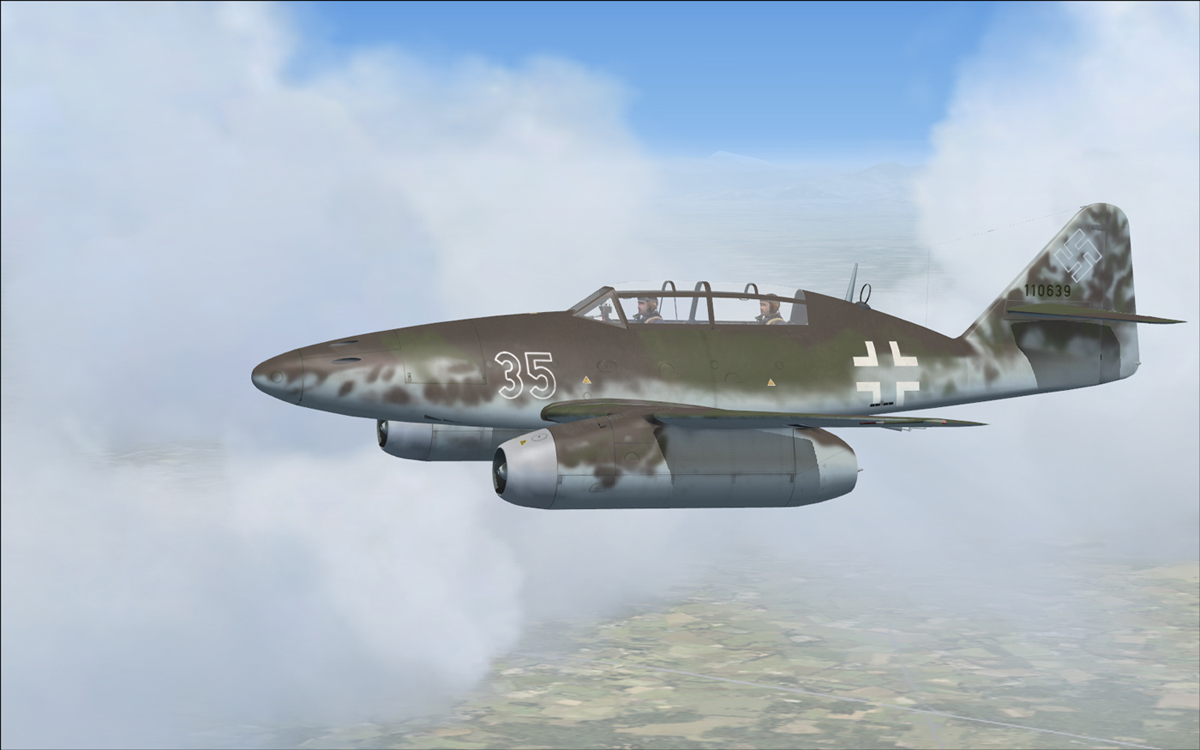
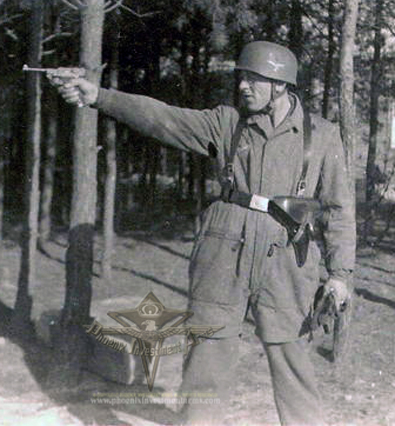
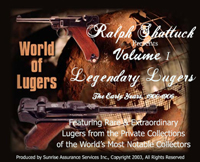 If you love Lugers, or just want to look at some rare Lugers from private collections of the world's most renowned collectors then check this out.
If you love Lugers, or just want to look at some rare Lugers from private collections of the world's most renowned collectors then check this out.